It happens to all of us.
You spent days, weeks, or even months putting together a library of common components that other teams could use. After all, this is something you wish you had; it would have made your life a lot easier if you had something like this before you started that project.
Crickets.
No reply. No one used it. Wait, you did get one reply, but they said they needed a few other things that weren’t in your library.
“If you build it, they will come” doesn’t work here. It takes a specific process and mindset to make a design system that actually gets used. I’ve helped many teams make design systems a spoken language, used in production for organizations like ExxonMobil, United Airlines, the General Conference of Seventh-day Adventists, dotdash, The Cosmopolitan of Las Vegas, and many more. I took the lessons and process for making design systems successful and created this course. You’ll learn about the difference between component libraries and true design systems, new workflows for tighter collaboration between designers and engineers, how to measure success, and a lot more.
 Welcome + About the Instructor
Welcome + About the Instructor
About the course and more about SuperFriendly Founder & CEO Dan Mall.
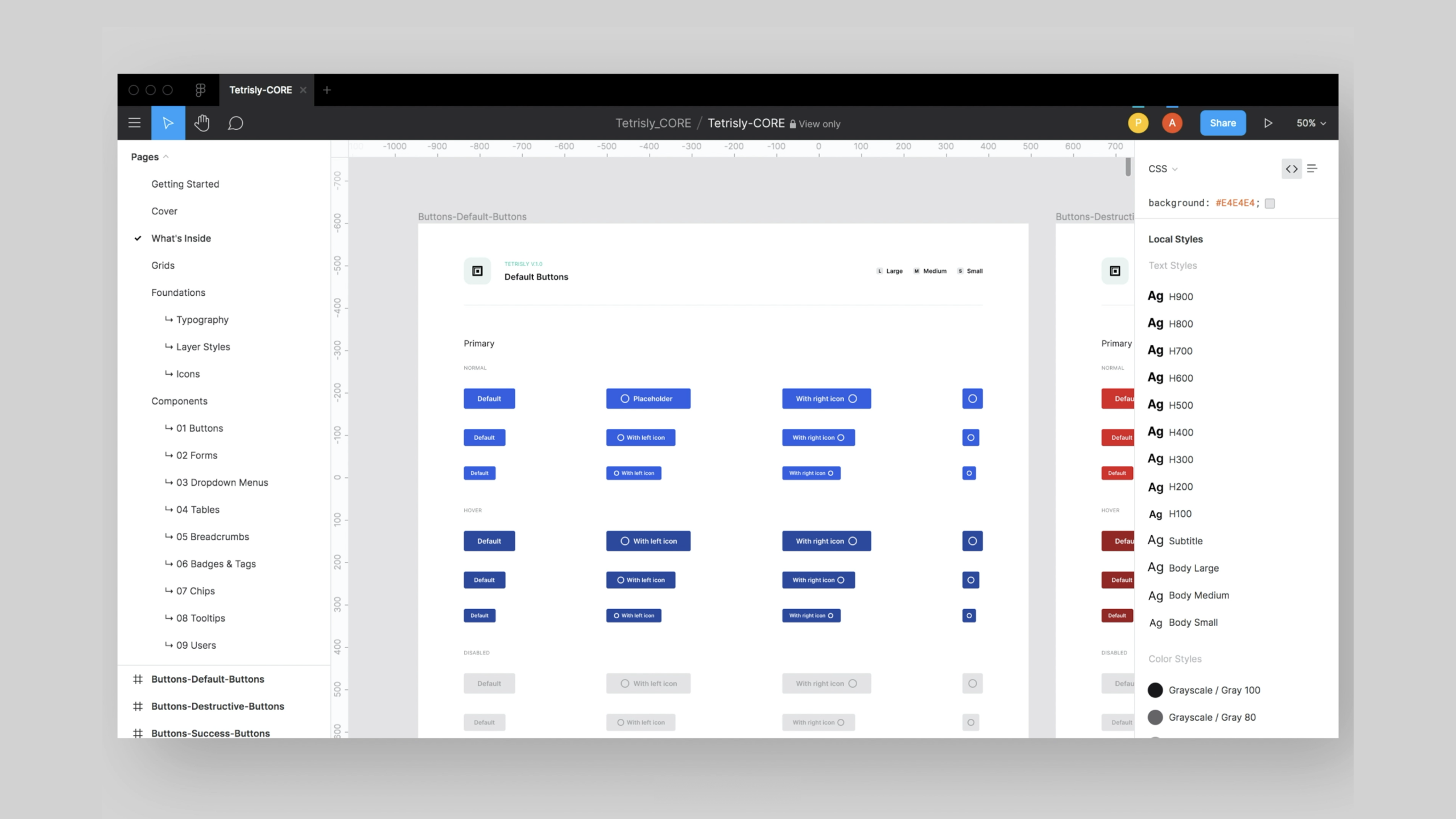 True Design Systems
True Design Systems
How do UI Kits, Component Library, and Design Systems fit together? Which of them are worth investing in and to what level?
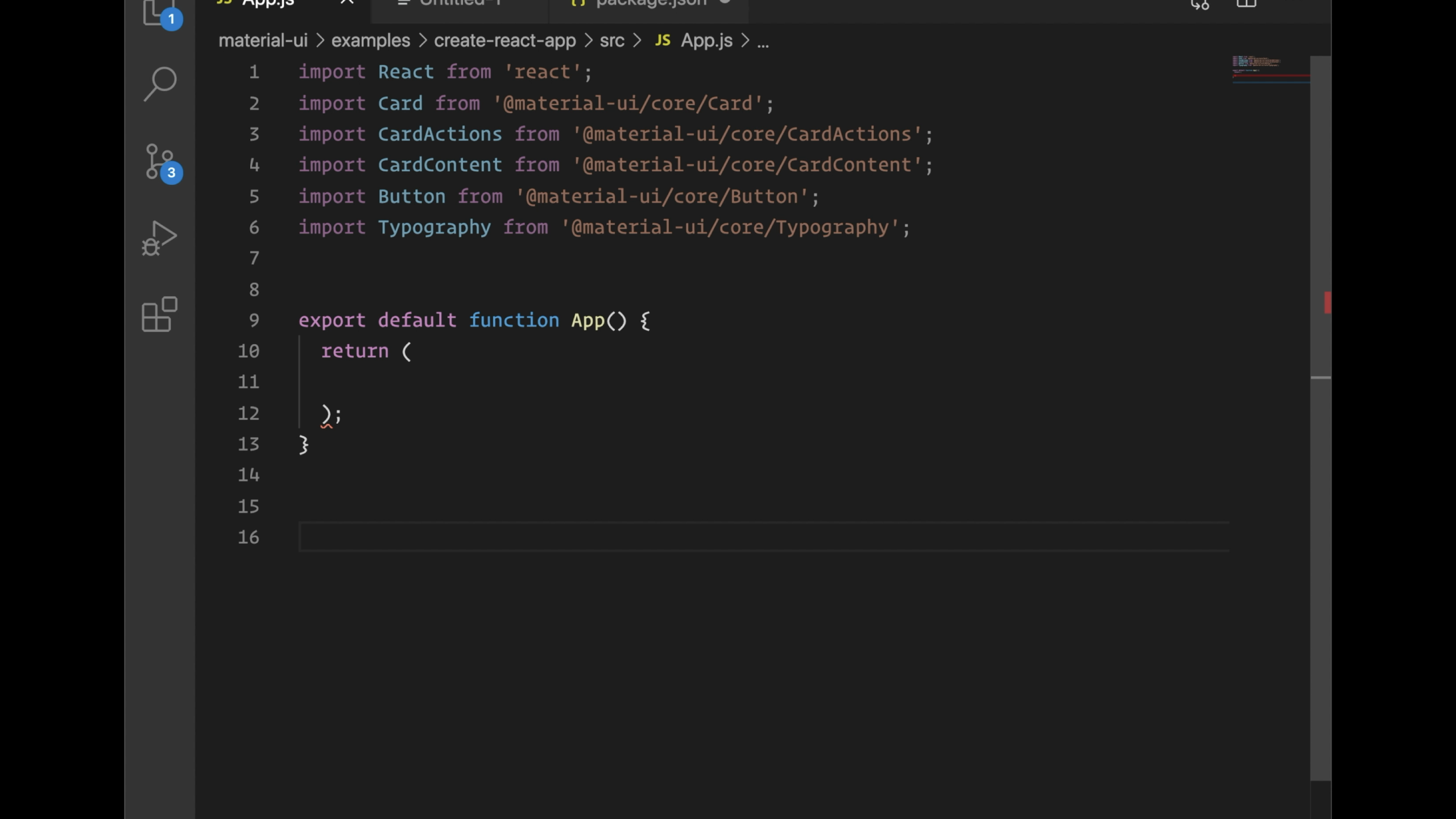 Component Libraries vs. Design Systems
Component Libraries vs. Design Systems
One of the biggest pieces of confusion around design systems is how they differ from component libraries. The short answer? Connections.
 Avoiding Design System Graveyards
Avoiding Design System Graveyards
Without fail, every organization I’ve worked with has failed attempts at a design system. Why does this happen? Is it inevitable?
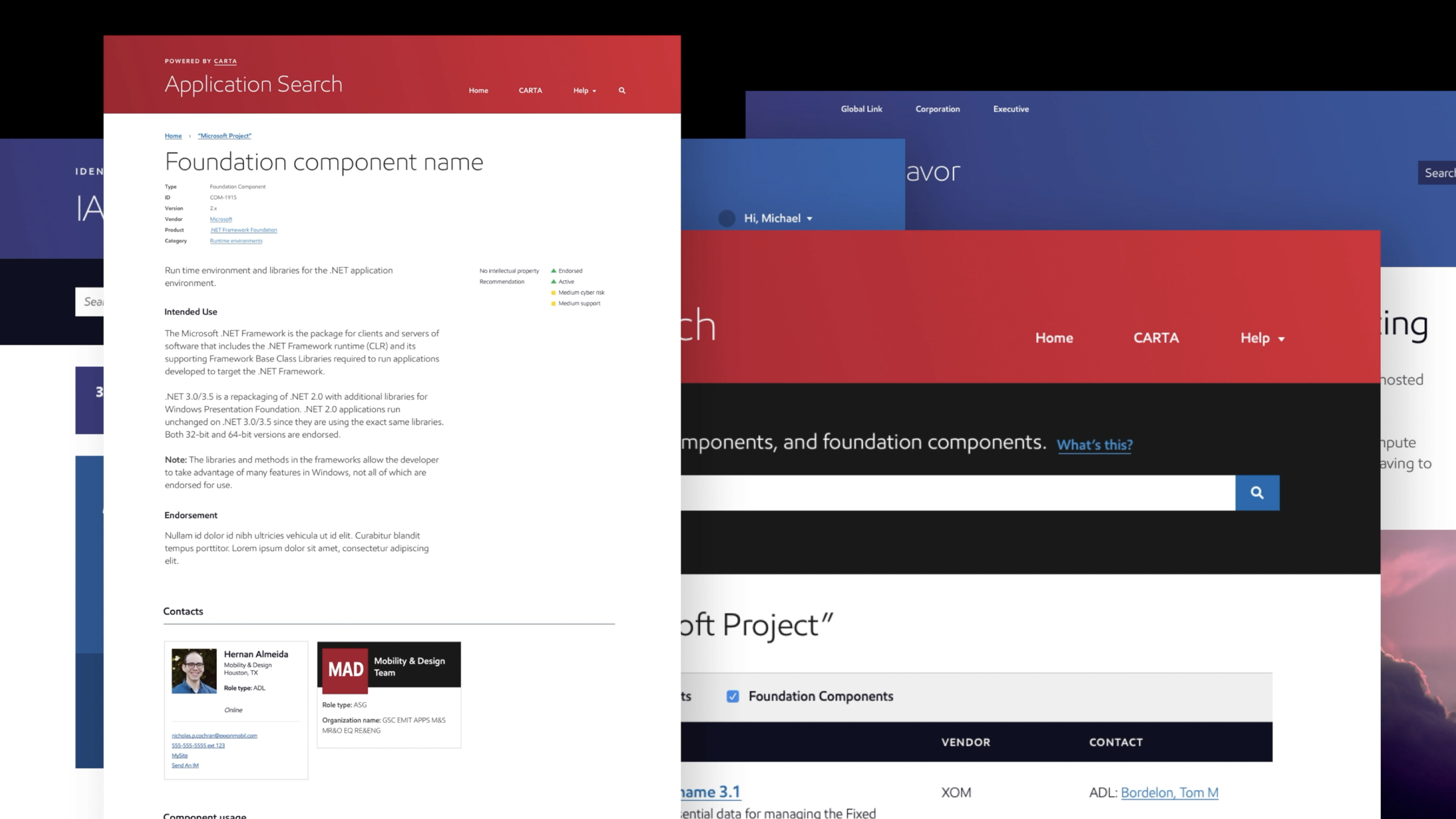 Pilots — The Best Way to Start and Grow a Design System
Pilots — The Best Way to Start and Grow a Design System
What’s better than creating a design system to make digital products? Making digital products to create a design system.
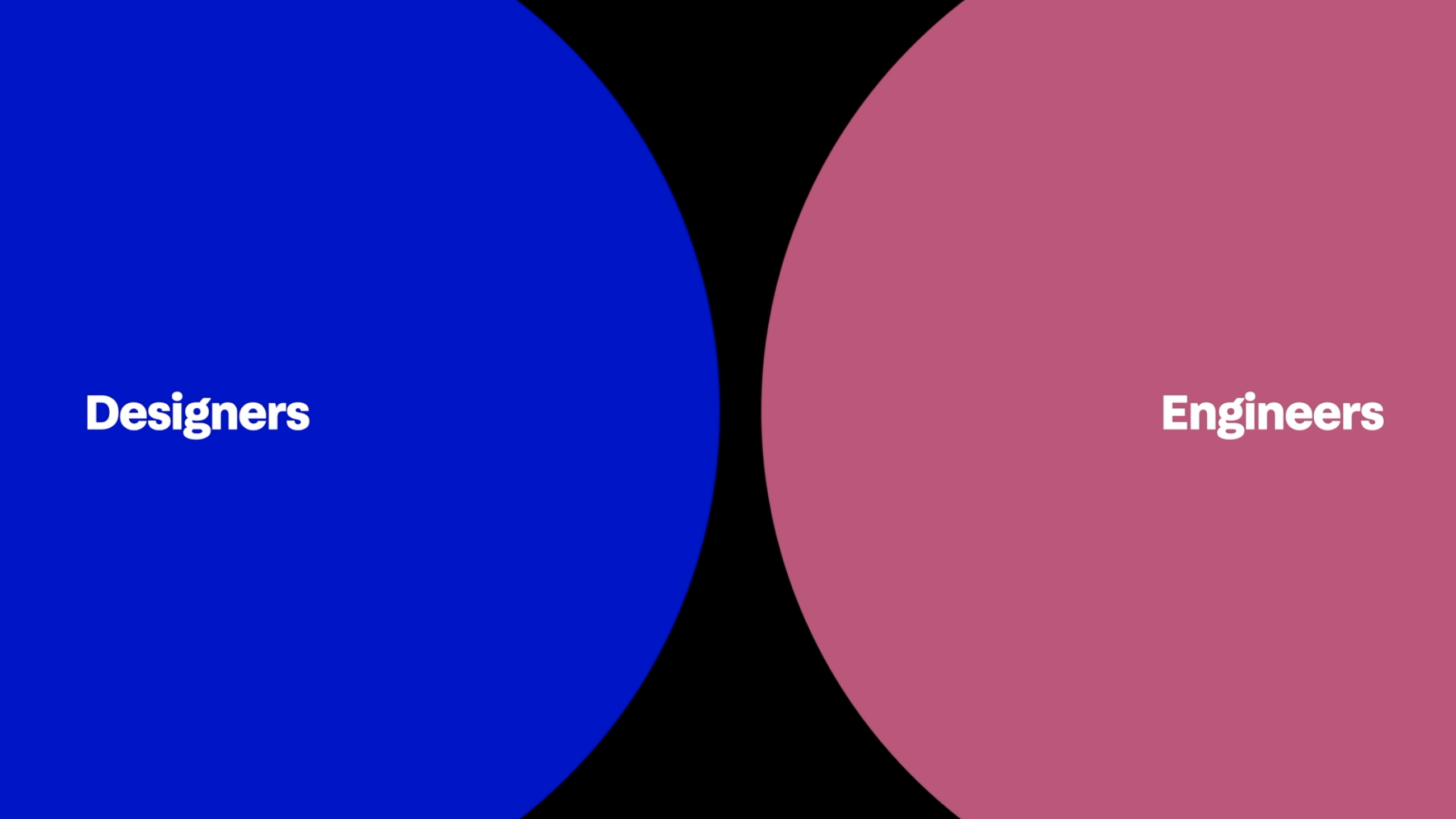 Embracing Front-End Development
Embracing Front-End Development
Where do design cohesion, code consistency, and customer value converge? At the most important part of the digital product design process: front-end development.
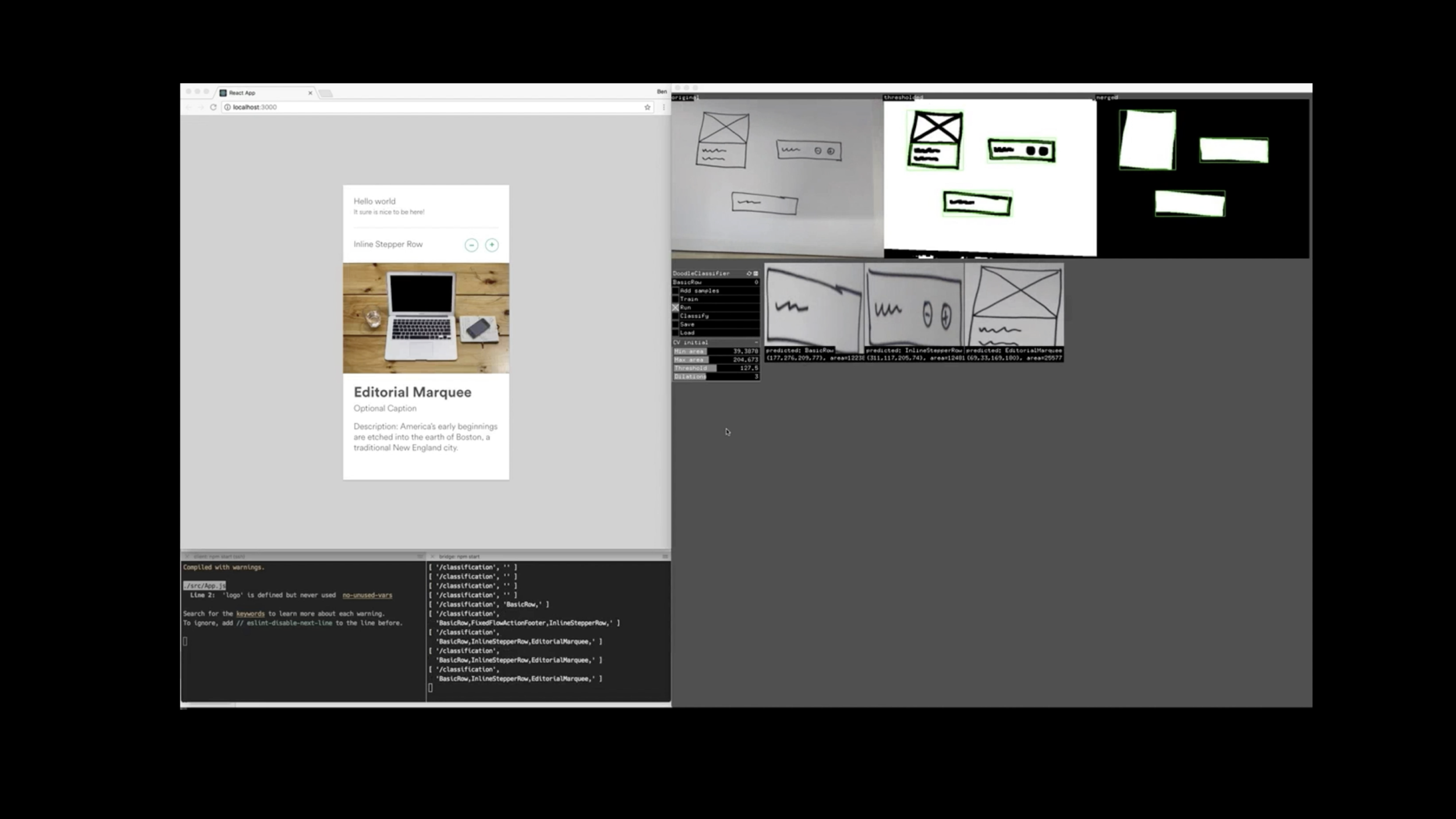 Designer + Developer Workflow
Designer + Developer Workflow
Design systems reach their maximum potential when they enable better collaboration between teams. In this episode, we’ll look at what a fluid workflow can look like between designer and developer, especially when a design system is involved.
 Staffing a Design System Team
Staffing a Design System Team
Real talk about what a mature design system team looks like and how much money it takes to sustain it year-to-year.
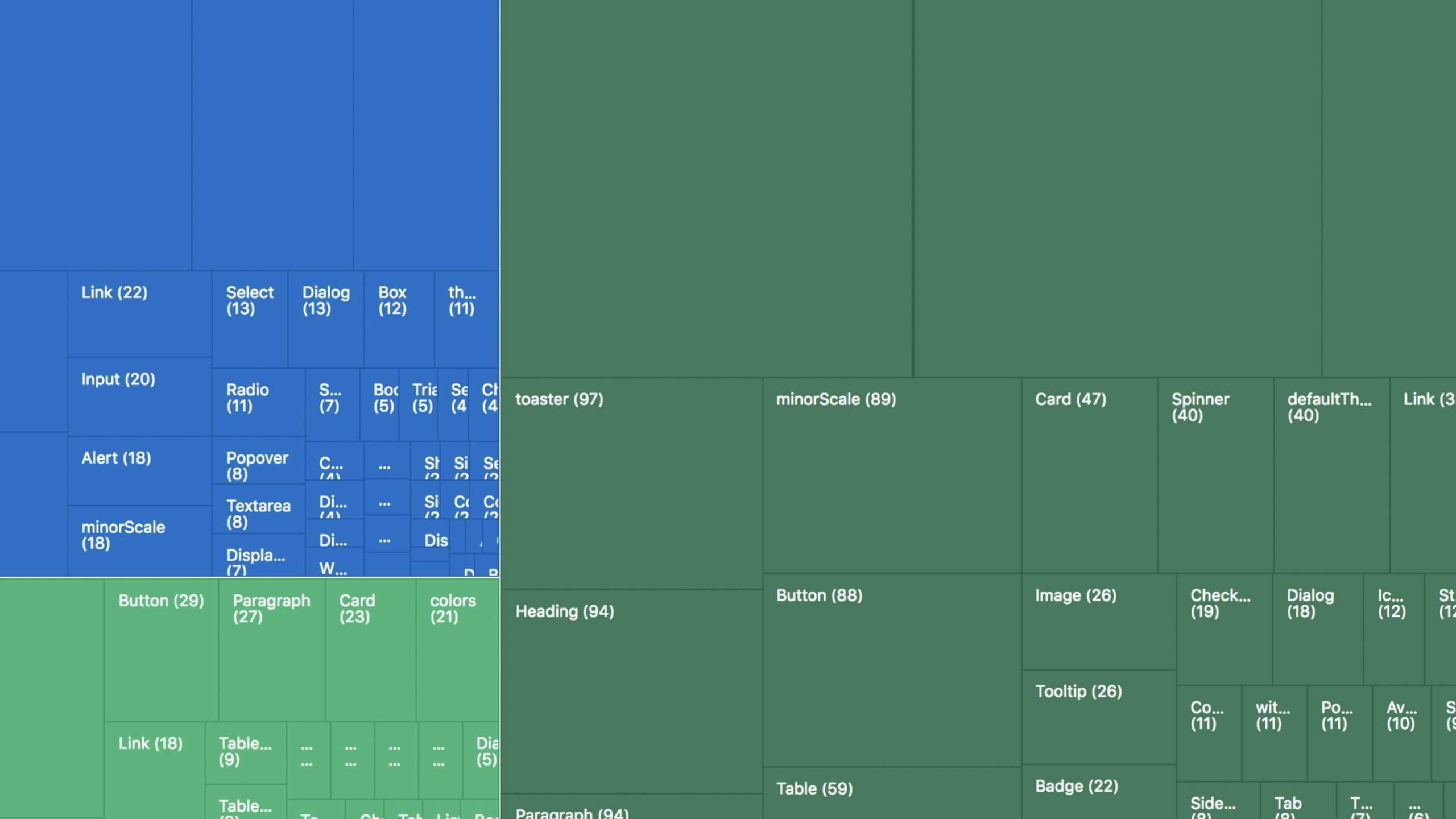 Standard Design System Success Metrics
Standard Design System Success Metrics
How do you know if your design system is working like it’s supposed to? This episode covers some basic metrics every design system should be tuned to.
 Custom Success Metrics for Your Design System
Custom Success Metrics for Your Design System
Past the basic set of metrics that every design system should meet, find the ones that are specific to your organization. Time to push further!
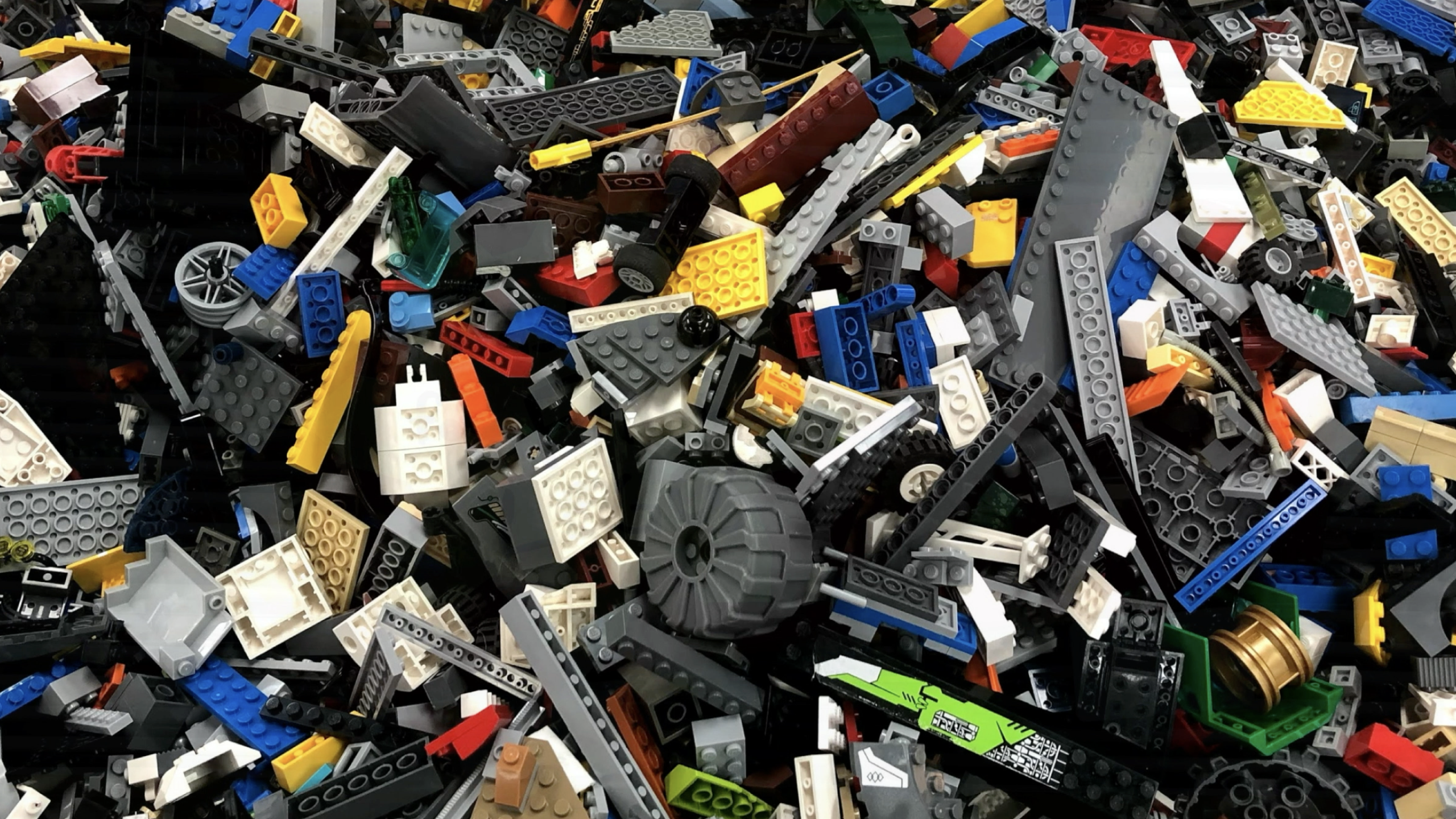 Evangelism Never Stops
Evangelism Never Stops
Buy-in isn’t a thing you get once before you create a design system; it’s an ongoing investment.
 Wrapping Up
Wrapping Up
Reviewing the 4 main takeaways from this course.